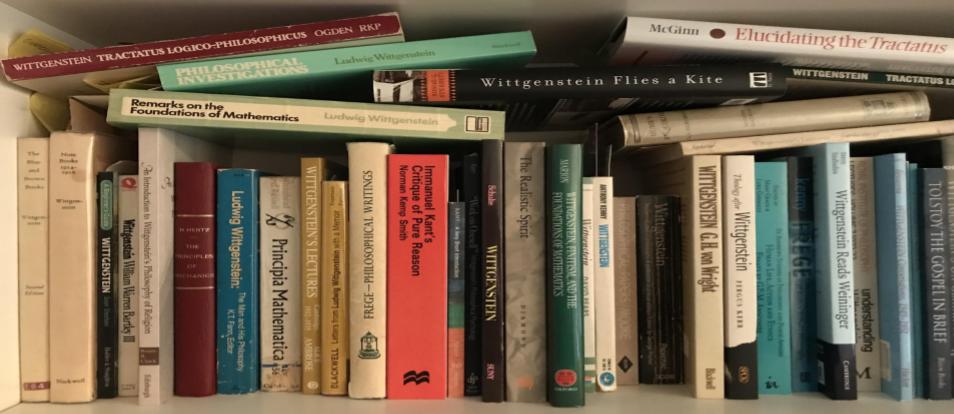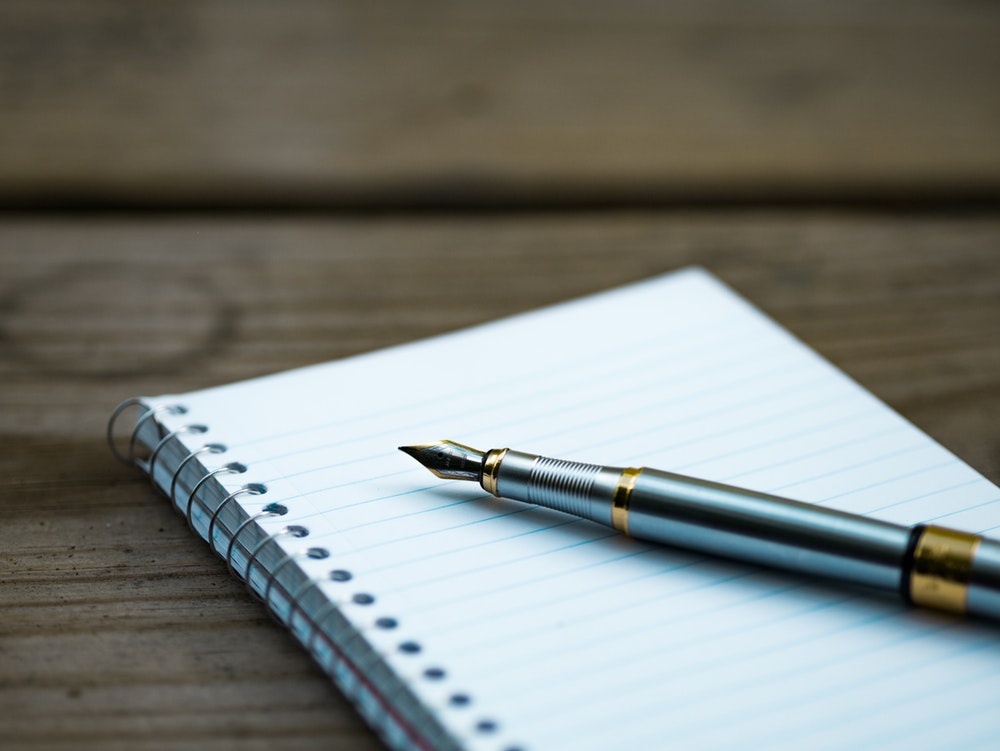Over the years of writing posts for this blog I have learned lots of lessons. The following are the ones that I return to when my posts have lost their way.
1. Why do you want to write a blog?
A large amount of time and energy go into into writing a blog. Therefore it is important to be clear about why you are doing it. It can range from developing a customer base for your business to establishing yourself as a ‘thought leader’.
2. Who is the target audience?
You must identify the target audience - the people who are going to want to read your posts. What helps me to identify the the target reader is to have a picture in mind of the reader. For example, they maybe working in a busy office, mid career, possibly a team leader and thinking about their next job. Or it could be the owner of a small SME struggling with innovating new products. After spending lots of hours producing a post it is dispiriting when it is not read!
3. Why would the target audience want to read the blog?
What is the subject(s) that the target audience are going to find interesting. How will the subject(s) be used by the target audience, for example will it inform their business decisions?
4. How will the target audience find the blog?
Which communication channels will be used to promote the blog e.g. Twitter, recommendations by other bloggers, Search Engine Optimisation ( SEO ), targeting specific groups with tailored e-mails etc?
5. What frequency should the posts be published?
Everybody is busy and therefore how often will the target audience want to take a few minutes out to read the blog i.e once a week, once a month? Take into account the amount of time it will take to write a post and not churn them out too frequently so that the quality reduces - they must remain fresh and interesting.
6. What format should the blogs take?
The format needs to make reading the blog as easy as possible. For example what will be the best mix of graphics and text? Many bloggers use videos which will require a different set of skills than the written word.
7. What style should the blog have?
Will the blog be opinionated? - if so will it be balanced or take one side? Will it be informative? - in which case if it is using technical terminology then what is the level of knowledge of the target audience? If the blog is putting forward a case what is the key point and how do the supporting arguments support the central message?
8. How many words should a typical post be?
Length of the blog is important because reading it has to fit into the busy lives of the target audience. Should it be short and to the point or be long and full of detailed analysis? Should it be chatty in style or more formal?
9. What will be the process required to develop the posts?
a. Gathering Ideas
There are any number of sources for gathering ideas for a post: newspapers, magazines, journals, radio, TV, tweets, conversations, blogs etc. Other sources are: art exhibitions, museums, sport and theatre. The key point at this stage is to jot them down with a few lines about why they are interesting ( I use Google Documents on my smart phone but a pen and notebook is just as effective ).
b. Selecting An Idea To Develop
Setting a deadline for each post helps at the editing stage where time pressure can sharpen up a post. The following questions can be used to guide topic selection:
-
What is the central message of the post?
-
Why is the message important? Will it be useful, new, counterintuitive, or build on previous work ? If the message is exploring a new idea ( whether technological, social, business etc ) then what is it going to change?
-
What credibility does you have to support the views expressed in the message? e.g. previous work, personal experience, academic or professional?
At this point draft a single sentence about what the post is about which will eventually be used as the summary. Also, start to think about an eye catching title that is relevant to the post.
c. The First Draft(s)
The purpose of the drafts at this stage is try and sharpen up the subject of the post. After several drafts it may not be clear but it is important to persevere. Sometimes it doesn’t become clear and then the idea goes back on the shelf until it can be developed more. I try to write 500 words a day around the subject. At the end of say a week I sift through the pages to find the key idea and fresh views on a subject.
d. Point of View
It is important to be clear what the relationship between yourself and the reader.
-
First Person - you are writing about yourself and using words such as “I”, “me”,”my” and “mine”. But can also involve “We”, “Us” and “Our”. The post is about your personal experience and how that may relate to the target reader.
-
Second Person - you are addressing the reader directly and using “you”, “your” and “yours”.
For example, this post is addressing you!
-
Third Person - you are telling the reader and using words such as “he”, “she”,”it” and “they”. You may be writing a post where you are making a judgement about others. For example it could be about the government or a celebrity.
e. Editing
People can view editing as a ‘slash and burn’ process as their work is cut and changed. However, it as an important part in the creative process.
-
Grammar - is the thought being expressed in each sentence clearly expressed ? Are nouns, verbs etc. used correctly? Are the aspects of time - past, present, and future - consistent?
-
Paragraphs - are the paragraphs clearly linked?
-
Title - is it eye catching enough for the reader to read further?
-
Single sentence summary - does the single sentence that is used accurately cover the post? Can the number of words be reduced further?
-
Tags - are the tags cover the key points in the post?
-
Length - my posts are aimed at a quick read ( maybe over a coffee? ) therefore the length needs to be somewhere around 500 - 700 words. However, you may want to increase the length to cover wider topics. Your decision.
10. How will feedback be gathered and used about the blog’s readership?
Apart from using Google Analytics to gather the frequency of readership ( which could be used to set targets ), adding comment capabilities to the blog allows direct feedback about your posts. Finally, how will regular communication with the target audience be managed? - email subscriptions? RSS etc.?
The lessons listed above are not definitive ( I keep adding to them on a regular basis ) but they may be a starting point to help turn you into successful blogger. Good luck!
I have gathered together tools and advice that I use regularly to sharpen up my posts - see tools of the trade


